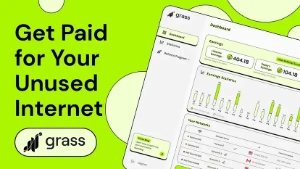- Welcome to Metal Type Forum.
Metal Type: Home | Library | Forum | Free Ads | Store
Electrical Typesetting, 1889
Started by Mechanic, January 11, 2014, 12:50:40 AM
Previous topic - Next topic0 Members and 1 Guest are viewing this topic.
Printle: A Printing Word Game from Metal Type
User actions
Printers' Tales - Over 30 stories from the pre-digital age. Buy now on Amazon/Apple Books
☛ Don't miss our illustrated newsletters. Click here to see examples and subscribe. ☚


